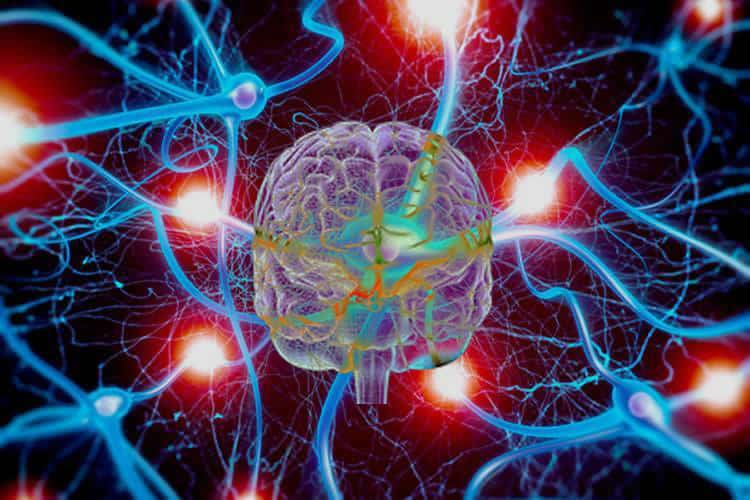Case Report of a Former Soldier Using TRE® (Tension/Trauma Releasing Exercises) For PostTraumatic Stress Disorder Self-Care
Linda Roos, TRE Provider in South Afrika has published her PhD Paper (University of Pretoria) , a scoping overview of current research evidence on TRE.Aim: The aim of the study was to describe and synthesise the characteristics of TRE intervention studies. Such an overview of research evidence is helpful to understand the breadth and content of studies, to identify gaps and further research needs, and to guide the potential use of the technique in evidence-based treatment. Methodology: A scoping review was conducted according to the JBI (formerly Joanna Briggs Institute) scoping review framework. A comprehensive search for all TRE intervention studies, peer reviewed and non-peer reviewed, with exclusion of non-English studies, was performed and 18 studies were selected. Data were extracted and data analysis was done with descriptive statistics. Results were presented in summarised text, tables and graphs. Results: In the identified studies, TRE was used predominantly with populations exposed to stress and trauma, with measurement tools assessing various body functions typically impacted by stress and potentially improved with treatment. Possible benefit for clients diagnosed with Parkinson’s disease, multiple sclerosis and epilepsy was identified. Descriptive and inferential statistics from the studies indicated potential improvement in mood-related aspects, as well as improvement in anxiety-related sleep difficulties, pain and cognitive functions. The studies included a wide scope of study designs, including less rigorous methodologies, therefore the results should be considered as preliminary. Conclusion: This technique could potentially be used with clients exposed to stress and trauma, diagnosed with neurological disorders and even other populations. The study results are, however, tentative. To use this technique within evidence-based practice, further and more rigorous research will be required. Significance: A research synthesis will guide future research on this novel technique and enable healthcare practitioners to base treatment-related decisions on research evidence. With continuing research and a strengthened knowledge base, this technique could have a place in evidence-based occupational therapy practice.
Source: http://hdl.handle.net/2263/94085
Download Full Report PDF

